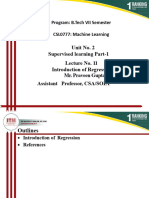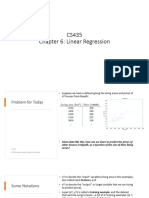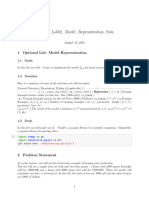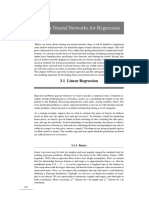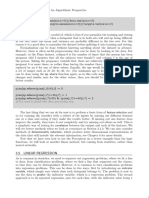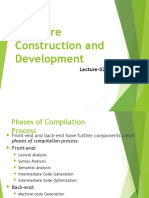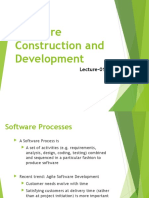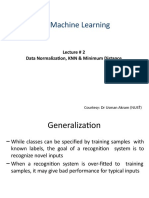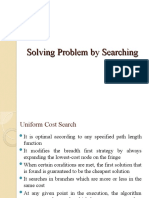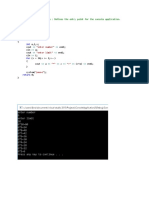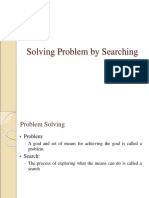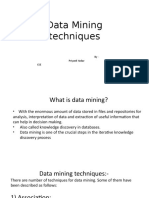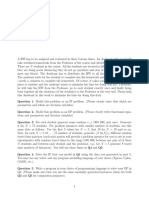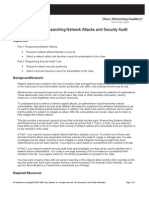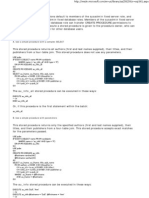0% found this document useful (0 votes)
52 views48 pagesLinear Regression Basics Explained
The document discusses linear regression for predicting continuous outputs. It describes how linear regression requires continuous target variables, input features, training examples where the features and targets are known, a model representing the relationship between features and targets, an objective function to evaluate model fit, and optimization to find the best model parameters. It provides examples of using linear regression to predict movie ratings and house prices based on various input features. The key questions of how to parametrize the model, define the objective function, and optimize for generalization on new data are also discussed.
Uploaded by
Iqra ImtiazCopyright
© © All Rights Reserved
We take content rights seriously. If you suspect this is your content, claim it here.
Available Formats
Download as PPTX, PDF, TXT or read online on Scribd
0% found this document useful (0 votes)
52 views48 pagesLinear Regression Basics Explained
The document discusses linear regression for predicting continuous outputs. It describes how linear regression requires continuous target variables, input features, training examples where the features and targets are known, a model representing the relationship between features and targets, an objective function to evaluate model fit, and optimization to find the best model parameters. It provides examples of using linear regression to predict movie ratings and house prices based on various input features. The key questions of how to parametrize the model, define the objective function, and optimize for generalization on new data are also discussed.
Uploaded by
Iqra ImtiazCopyright
© © All Rights Reserved
We take content rights seriously. If you suspect this is your content, claim it here.
Available Formats
Download as PPTX, PDF, TXT or read online on Scribd
/ 48


